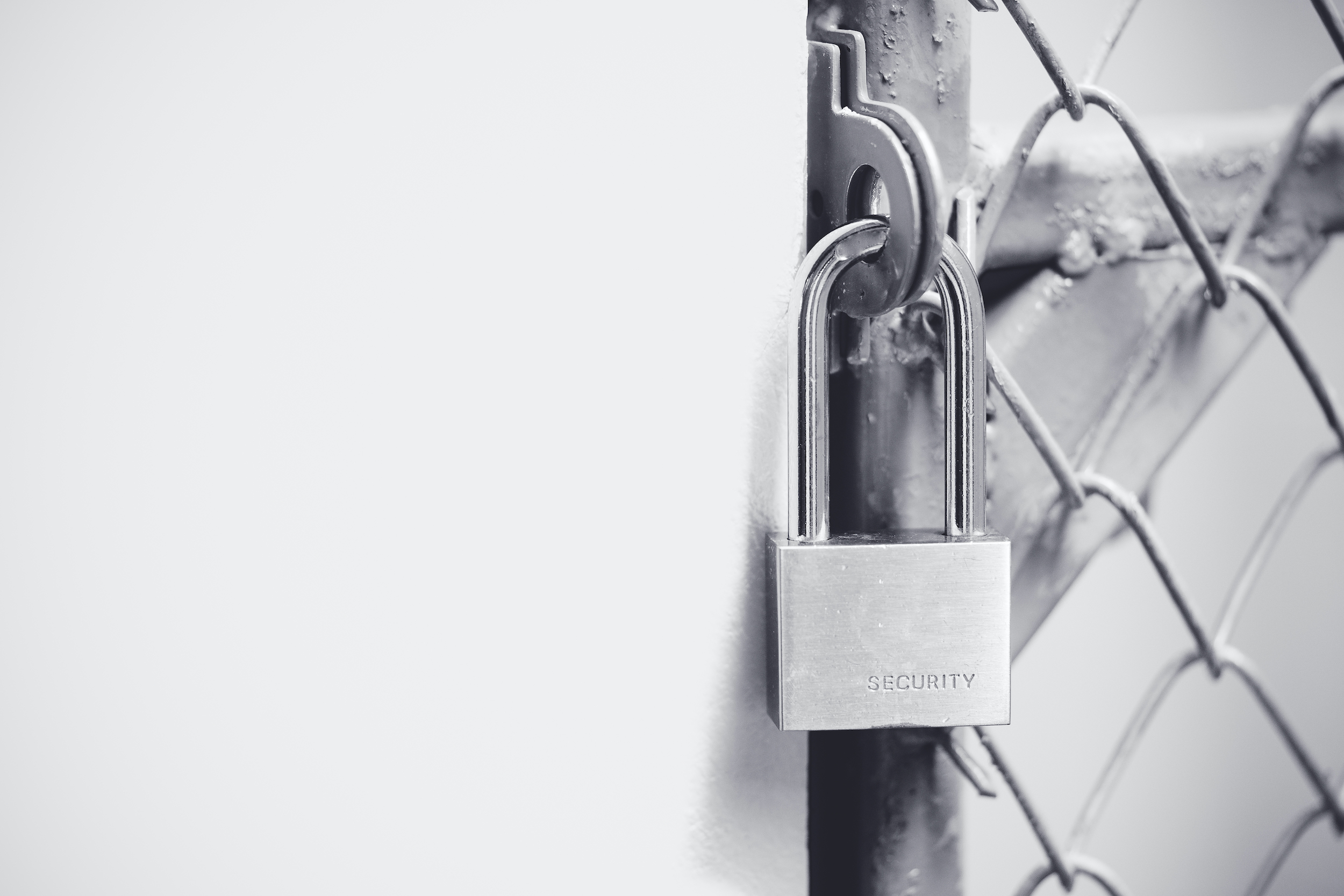

In keeping with Data Privacy Day, we have some good tips for secure passwords.
How many new passwords do you think you've created in your life? And how many times have you entered one to log in to a service or device? Countless times. It's so commonplace that we can't possibly answer these questions.
At the same time, passwords are in many cases the central security factor between valuable data and an attacker. It is therefore all the more important that they are well chosen.
A major disadvantage of the password principle is that they must be stored with the provider - hopefully in a sufficiently encrypted form. However, mistakes happen and not everyone can afford such a high security standard as we have at DSwiss. And so unsecured or insufficiently protected passwords regularly fall into the wrong hands. The Identity Leak Checker page, for example, looks to see if your email address can be found in lists that hackers have published.
But even if the passwords are stored securely, they can still be stolen with the appropriate additional effort, for example through social engineering or phishing. Neither the best encryption nor the perfectly chosen password are of any use if the access data is given out voluntarily. The same applies if malware intercepts all keystrokes, including the bank account login.
At the same time, it turns out time and again that many users do not use secure passwords despite years of education. "123456" regularly turns up in data leaks. Or, although a secure password is used, it is used more than once out of convenience. The problem is that if it is leaked to the public by just one hack, all other accesses with the same password are also at risk.
At the heart of password security are rules 1 and 2: use long passwords and each only 1x. Therefore, we recommend the use of a password manager. It can not only suggest secure passwords, but also save them conveniently and securely. This way you will not be tempted to use simple passwords or even to reuse them. We offer such a password manager in SecureSafe.